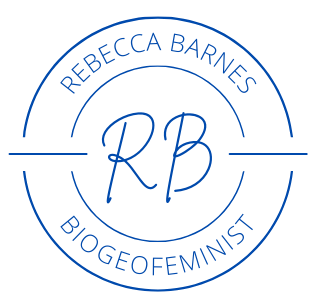My friends and science tour continued in February as I settled into my temporary space at INSTAAR as a Visiting Scholar and really worked at perfecting advising via Skype (thankful for my awesome students, in particular Delaney for being creative about where and when we can meet, as she wrangles MatLab’s ODE solver).
Valentine’s Day brought an impressive number of science valentine’s shared in the twitter-verse. Marjorie Schulz‘s (soil scientist extraordinaire) being my favorite.
A lovely reunion of sorts occurred in Elizabeth Coggin’s Public Policymaking Class. We discussed the importance of framing, funny bedfellows, and focusing events on public policymaking in the overly polarized world of climate change. We once again drew upon the work of Tony Leiserowitz and the Yale Project on Climate Change Communication (Global Warming’s Six Americas project) as well as: a 2014 lecture by Dr. Robert Keohane (The Global Politics of Climate Change) and Katharine Hayhoe’s Global Weirding series, in particular her video discussing why fear might not be the best emotion to draw upon when talking to others about our changing climate.
[youtube https://www.youtube.com/watch?v=AeqAoozVyfQ]
Finally February ended with the opportunity to present some of Delaney’s tidal freshwater zone work as part of an informal presentation here at INSTAAR, including her numerical modeling simulations (utilizing Monod kinetics) which illustrate that if you fluctuate groundwater, adding oxygen to it, you can build up nitrate (i.e. what we are observing in our intensive field measurements) AND by varying the amount of organic matter you can change the net effect of this hydrology on N dynamics. It was great to get questions and feedback from Eve and her group — i.e. science is so much more fun (and easier) when shared.



Comments are closed